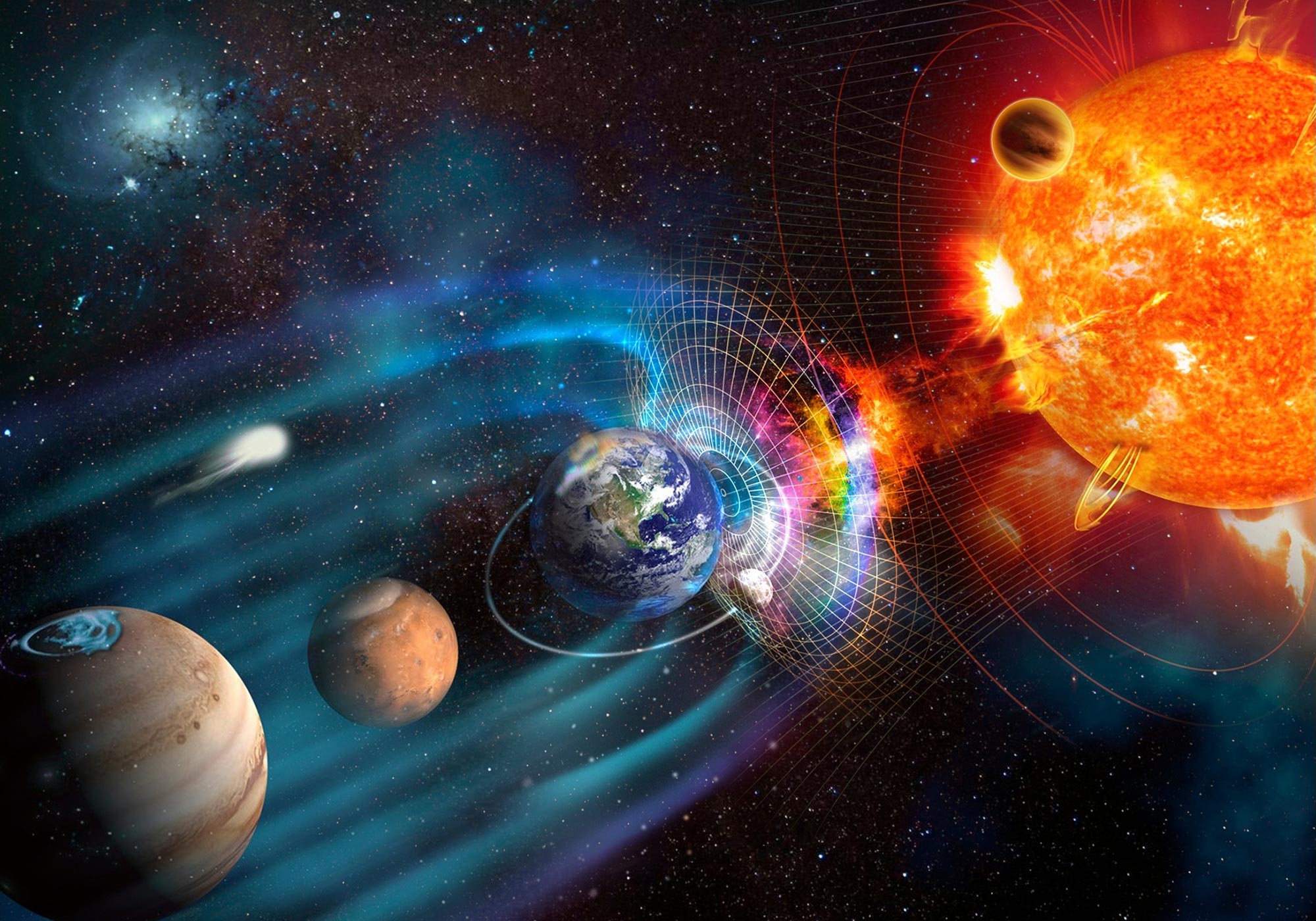 Read more: See here
Read more: See hereHeadlines:
University of Alaska Fairbanks researchers Vikas Sonwalkar and Amani Reddy have discovered a new type of electromagnetic wave called a ⁘specularly reflected whistler,⁘ which effectively transfers lightning energy from the Earth⁘s surface to the magnetosphere, enhancing understanding of space weather impacts on radiation belts.
Vikas Sonwalkar, a professor emeritus, and Amani Reddy, an assistant professor, discovered the new type of wave. The wave carries lightning energy, which enters the ionosphere at low latitudes, to the magnetosphere. The energy is reflected upward by the ionosphere⁘s lower boundary, at about 55 miles altitude, in the opposite hemisphere.
It was previously believed, the authors write, that lightning energy entering the ionosphere at low latitudes remained trapped in the ionosphere and therefore was not reaching the radiation belts. The belts are two layers of charged particles surrounding the planet and held in place by Earth⁘s magnetic field.
⁘Having a better understanding of radiation belts and the variety of electromagnetic waves, including those originating in terrestrial lightning, that impact them is vital for human operations in space,⁘ he said.
Sonwalkar and Reddy⁘s discovery is a type of whistler wave they call a ⁘specularly reflected whistler.⁘ Whistlers produce a whistling sound when played through a speaker.
The ionosphere is a layer of Earth⁘s upper atmosphere characterized by a high concentration of ions and free electrons. It is ionized by solar radiation and cosmic rays, making it conductive and crucial for radio communication because it reflects and modifies radio waves.
No comments:
Post a Comment